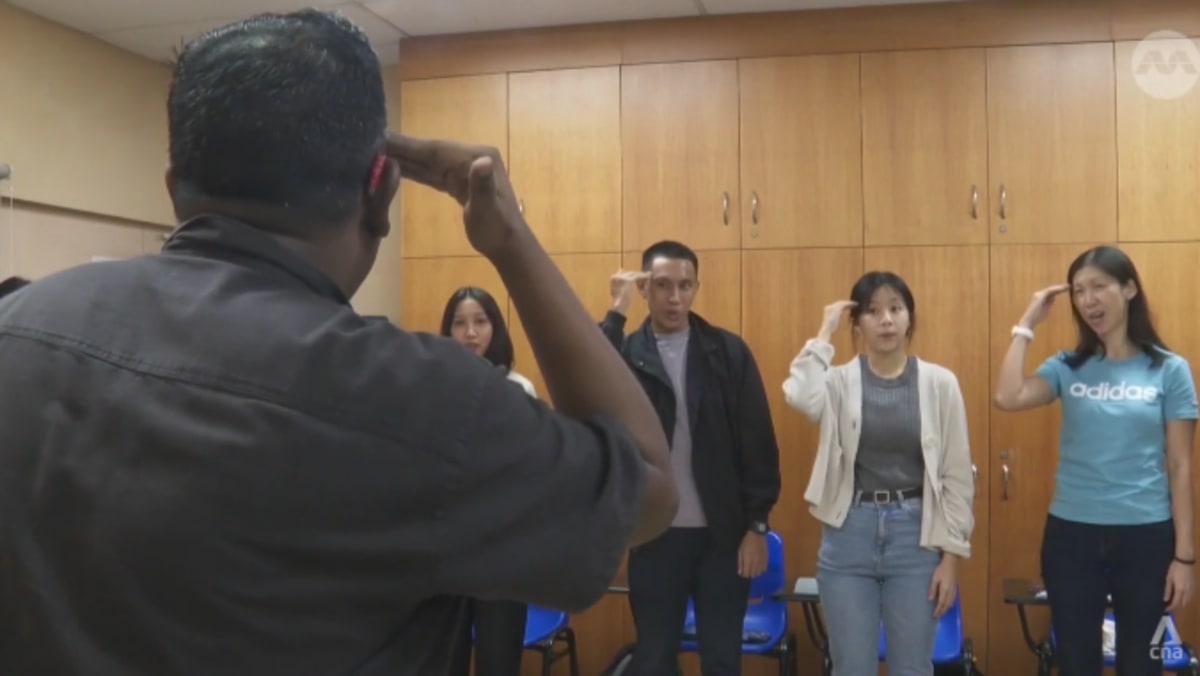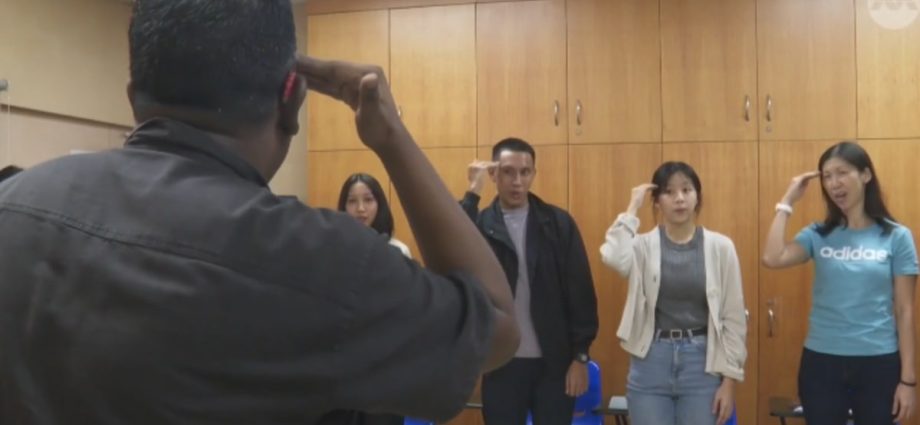
“With the official recognition of SgSL – in the sense that it’s recognised as a real language, an officially accepted language by the government, by authorities, and by society at large – then it will be easier for us to push for more accessibility and accommodation,” said Mr Alvan Yap, deputy director of the Singapore Association for the Deaf (SADeaf).
He added these include advocating for sign language interpretation in the media, and in daily life settings such as in classrooms, at hospitals and workplaces.
CHALLENGES IN SCHOOLS REMAIN
However, some educators cautioned that SgSL cannot replace SEE, which mirrors English vocabulary and grammar.
Students with hearing loss need to know SEE for national examinations in English, such as the O-Level examinations, they said.
“SgSL expresses in a more visual, manual mode of language. To teach English to students you use the SEE tool – a signing system that visually represents every English word,” explained Ms Goh.
She added that both should be taught simultaneously.
SIGN LANGUAGES IN SCHOOLS
In response to CNA’s queries about how SgSL might be rolled out, the Education Ministry’s (MOE) message is that there is no one size that fits all.
For students who require signing support in schools, SgSL is the language for school programmes and daily communication.
To support students in accessing the national curriculum, the ministry has two mainstream schools – Mayflower Primary School and Beatty Secondary School – designated with resources and SgSL-trained staff.
Specialised teachers and interpreters also can tailor their teaching methods to suit students’ needs, which include using SEE to teach English.
Students may also be provided with access arrangements for national examinations, such as exemption from the listening comprehension component, or the use of a sign language interpreter.

